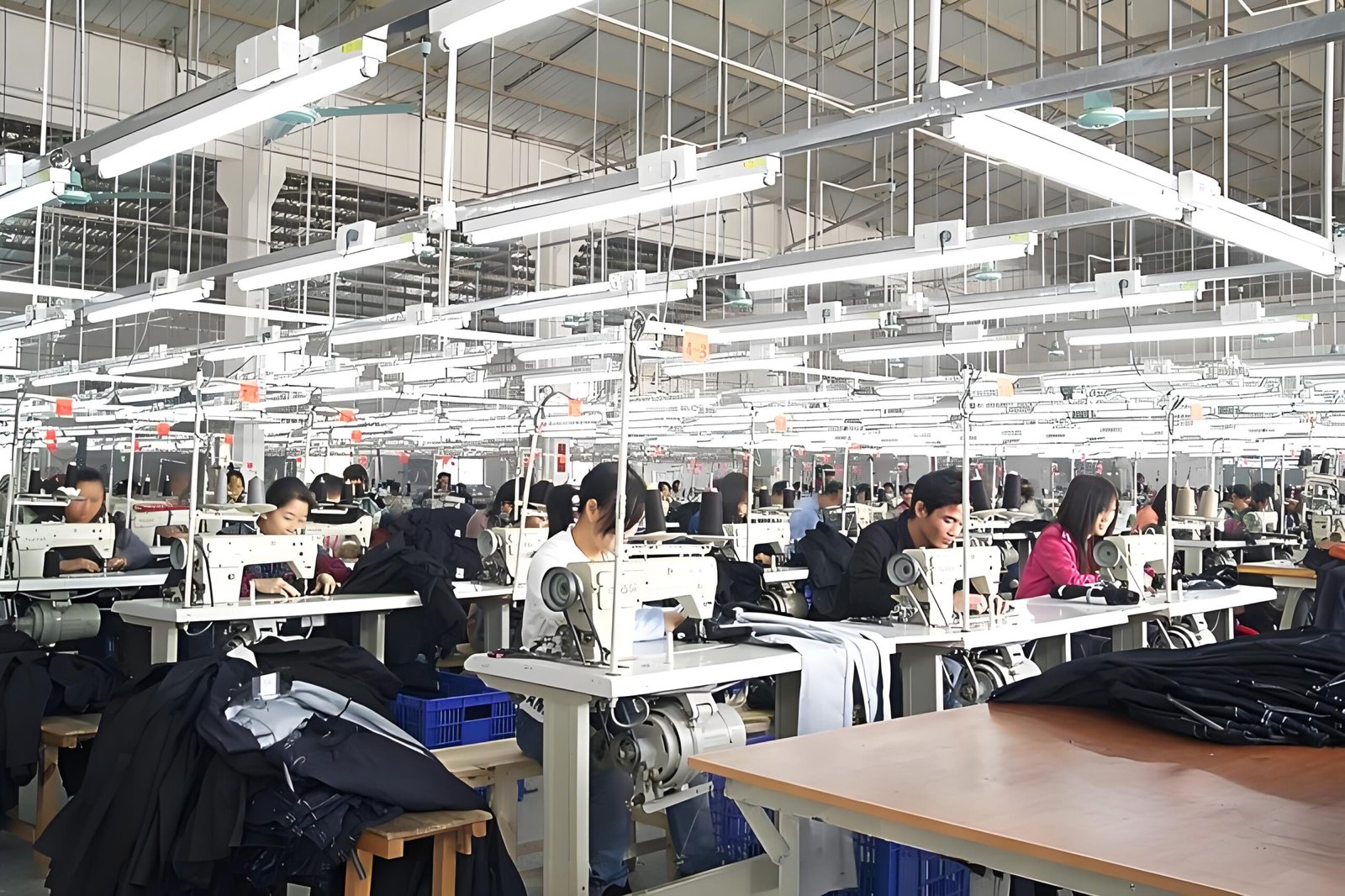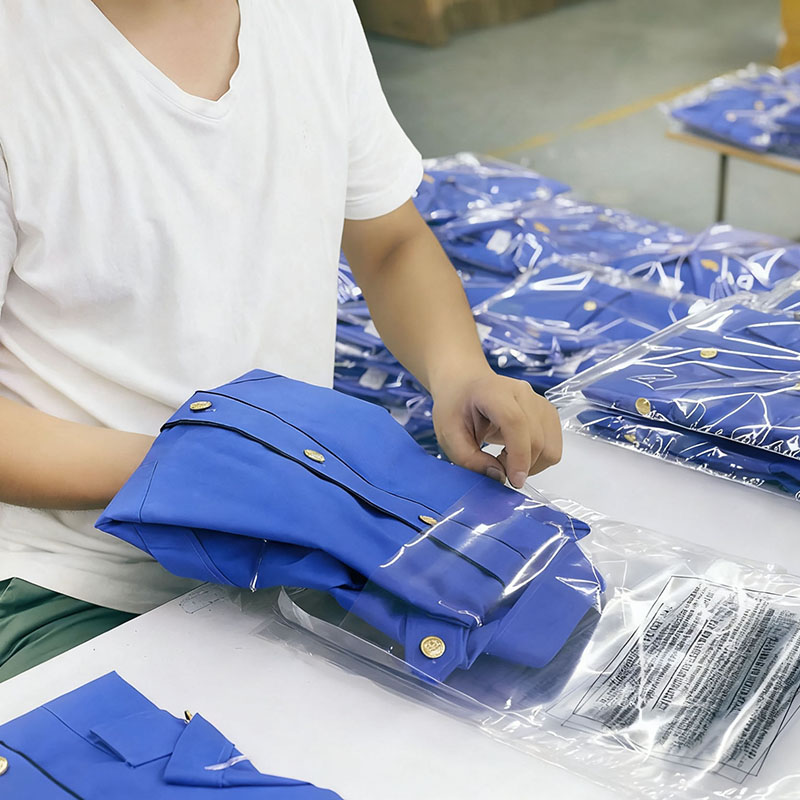Don't miss our holiday offer - up to 50% OFF!

Quality Control in Garment Production: Best Practices for Manufacturers
In the highly competitive world of fashion and apparel manufacturing, maintaining impeccable quality is not just an option—it’s a necessity. Consumers today demand well-crafted, durable, and aesthetically pleasing garments, making quality control (QC) a critical aspect of garment production. For manufacturers, implementing robust QC measures ensures customer satisfaction, minimizes returns, and enhances brand reputation.
This comprehensive guide explores the best practices in quality control for garment production, covering everything from raw material inspection to final product evaluation. Whether you’re a small-scale tailor or a large-scale manufacturer, these strategies will help you deliver superior-quality custom garments consistently.
1. Understanding Quality Control in Garment Manufacturing
Quality control refers to the systematic processes used to maintain and verify that products meet predefined standards. In garment production, QC involves inspecting fabrics, trims, stitching, fitting, and finishing to ensure that each piece aligns with design specifications and customer expectations.
Why Quality Control Matters
- Customer Satisfaction: High-quality garments lead to repeat business and positive reviews.
- Brand Reputation: Consistent quality strengthens brand credibility.
- Cost Efficiency: Detecting defects early reduces waste and rework costs.
- Compliance: Ensures adherence to industry standards and regulations.

2. Key Stages of Quality Control in Garment Production
A. Pre-Production Quality Control
Before cutting and stitching begin, manufacturers must ensure that all materials and processes are optimized for quality.
1. Fabric Inspection
- Check for defects like stains, holes, or uneven dyeing.
- Conduct shrinkage and colorfastness tests.
- Verify fabric weight, weave consistency, and stretch properties.
2. Trim and Accessory Inspection
- Buttons, zippers, threads, and labels should meet durability standards.
- Ensure color matching between fabrics and trims.
3. Pattern and Sample Approval
- Test patterns for accuracy in sizing and fit.
- Create a prototype (sample garment) for design validation.
B. In-Production Quality Control
Monitoring quality during manufacturing prevents defects from escalating.
1. Cutting Quality Control
- Ensure precision in fabric cutting to avoid misaligned patterns.
- Check for fraying edges or uneven cuts.
2. Sewing and Stitching Inspection
- Seam strength and stitch density should meet industry standards.
- Verify proper alignment of panels, pockets, and collars.
- Eliminate loose threads and skipped stitches.
3. Fitting and Assembly Checks
- Conduct mid-production fittings to adjust sizing if needed.
- Ensure smooth zipper functionality and proper button placement.
C. Post-Production Quality Control
Before garments are packaged and shipped, a final inspection is crucial.
1. Finishing and Pressing
- Remove wrinkles and ensure crisp seams.
- Check for proper garment shaping.
2. Final Inspection
- Conduct a thorough visual and tactile examination.
- Test garment durability (e.g., stretch, washability).
- Verify labeling, packaging, and hygiene standards.

3. Best Practices for Effective Quality Control
A. Implement Standard Operating Procedures (SOPs)
- Document QC checkpoints at every production stage.
- Train workers on defect identification and correction.
B. Use Technology for Precision
- Automated cutting machines reduce fabric waste.
- Digital inspection tools detect stitching flaws.
C. Conduct Random Sampling
- Inspect a percentage of garments from each batch (AQL standards).
- Use statistical quality control methods for consistency.
D. Foster a Quality-First Culture
- Encourage workers to take ownership of quality.
- Reward teams for defect-free production runs.
4. Common Garment Defects and How to Avoid Them
| Defect Type | Cause | Prevention |
|---|---|---|
| Uneven stitching | Poor machine calibration | Regular machine maintenance |
| Fabric puckering | Incorrect tension settings | Adjust sewing machine tension |
| Misaligned patterns | Human error in cutting | Use laser-guided cutting tech |
| Loose buttons/zippers | Weak thread or poor attachment | Double-stitch fastenings |
5. Conclusion
Quality control is the backbone of successful garment manufacturing. By implementing rigorous inspection protocols at every stage—from fabric selection to final packaging—manufacturers can ensure that each custom garment meets the highest standards. Investing in QC not only enhances product reliability but also builds long-term customer trust and brand loyalty.
For manufacturers aiming to excel in the apparel industry, adopting these best practices will pave the way for consistent excellence in garment production.
